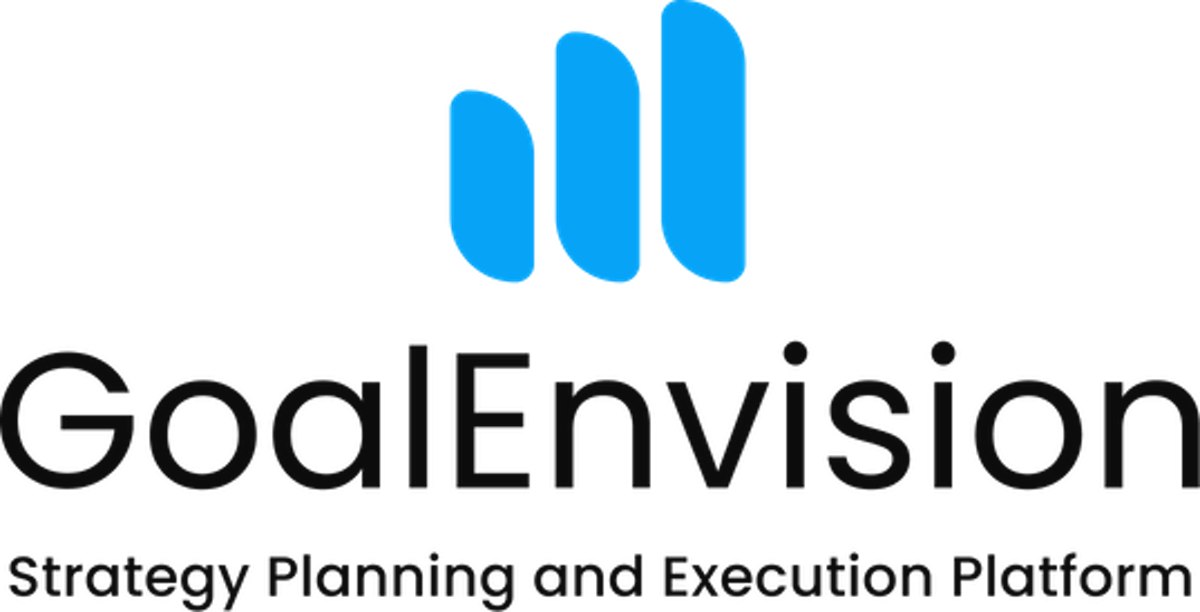Strategy, in its broadest context, is a comprehensive plan to achieve specific goals and overall objectives. The word 'strategy' derives from the Greek word 'strategia', which means 'the art of being a general'. Over time, the meaning of 'strategy' has expanded to include planning and decision-making in a variety of areas, not only military, but also business, political and other organisational contexts.
Strategy is the art of coordinating resources and actions to ensure maximum efficiency and success within an organisation or project. An effective strategy takes into account the current state, the desired future state and the specific steps needed to move from one to the other.
History of the strategy
The roots of strategy can be traced back to ancient civilisations and military campaigns, where leaders like Sun Tzu and Alexander the Great developed and implemented tactics to win wars and expand their empires. The concept of strategy has since evolved and been adapted to a variety of fields, from politics and business to sports and personal development. In the 20th century, strategic planning became a central part of business management, emphasising long-term goals, competitive analysis and market positioning.
Examples of successful strategies
- Apple's innovation and design strategy: By focusing on innovative design and ease of use, Apple has managed to create strong brand loyalty and revolutionise several technology markets.
- Toyota's Lean Production: Toyota developed the Lean Production System, a strategy that focuses on improving efficiency and minimising waste, which revolutionised the manufacturing industry.
- Netflix's transition to streaming: Netflix adapted its business model from DVD rental to streaming services, demonstrating its ability to adapt to changing market conditions and consumer behaviour.
Elements of the strategy
- Formulate a vision: Define a long-term, inspiring and overall desired future for the organisation.
- Create a mission statement: Describe what the organisation does, its services or products, and how these contribute to the vision.
- Set growth targets: Determine specific and measurable targets for the organisation's growth.
- Define strategic goals: Identify key initiatives and actions required to achieve the growth objectives.
- Create conditions for success: Identify and secure the necessary resources and conditions needed to achieve the strategic goals.
- Monitoring goals and follow up: Regular reporting and evaluation of progress towards set targets.
Strategy versus tactics
In discussing strategy, it is important to first distinguish it from tactics. While strategy is an overall plan to achieve long-term goals, tactics are the specific actions and methods used to achieve those goals. Simply put, strategy sets the stage for the 'what' and 'why', while tactics are about the 'how'. For example, a company's strategy may be to expand its market share, while tactics may include marketing campaigns, product innovations and sales strategies.
Strategic resources
Strategic resources are key assets and capabilities that an organisation has that are essential to achieve competitive advantage and success in the market. These resources can be intangible, such as brand strength and patents, or more tangible, such as financial capital and technology. What makes them strategic is that they are unique and difficult to copy.
Read more about strategic resources...
Strategic planning in modern organisations
In today's rapidly changing business world, strategic planning is critical. It involves not only setting goals, but also understanding market trends, analysing competitors and internally evaluating the company's strengths and weaknesses. Modern strategic planning also requires the flexibility to quickly adapt to market changes and technological advances.
Challenges and solutions in strategic planning
One of the biggest challenges in strategic planning is to anticipate uncertain future events. The solution often lies in developing flexible strategies that can be adapted as needed. It also requires continuous monitoring of both internal and external factors that may affect the plan. Another obstacle is often the implementation of the strategy, which requires clear communication, resource allocation and commitment from all levels of the organisation.
The role of technology in strategy development: GoalEnvision
In today's digital age, technological tools like GoalEnvision have revolutionised strategy development and execution. GoalEnvision allows leaders to not only create an overall strategic vision, but also to break it down into manageable pieces with measurable goals and clear timelines. The platform offers tools to monitor progress and analyse data, providing insights that are crucial to adjusting and improving strategy over time. In addition, GoalEnvision promotes collaboration and communication within teams, which is essential for successful implementation of strategic initiatives.
🌟 Explore GoalEnvision - Your Path to Strategic Success 🌟.
Want to take your business strategy to new heights? GoalEnvision offers an intuitive solution for setting and tracking goals, leading to measurable progress and success. Whether you're a seasoned leader or new to strategic planning, GoalEnvision is designed to meet your unique needs. Start your journey to strategic triumphs - try GoalEnvision for free today!
Start your success journey with GoalEnvision now!
Future strategy, trends and predictions
Future strategies are likely to be even more data-driven, with an increased emphasis on AI and machine learning to analyse market trends and consumer behaviour. An increased focus on sustainability and social responsibility is also to be expected, as consumers and investors become increasingly aware of these issues. In addition, strategic flexibility and adaptability will be crucial as the global business environment continues to change at an accelerated pace.
In this dynamic environment, tools such as GoalEnvision will be essential to help leaders not only create forward-looking strategies, but also to effectively implement and adapt them in real time.
Share this article
Did you like this article? Here is more...
Latest






